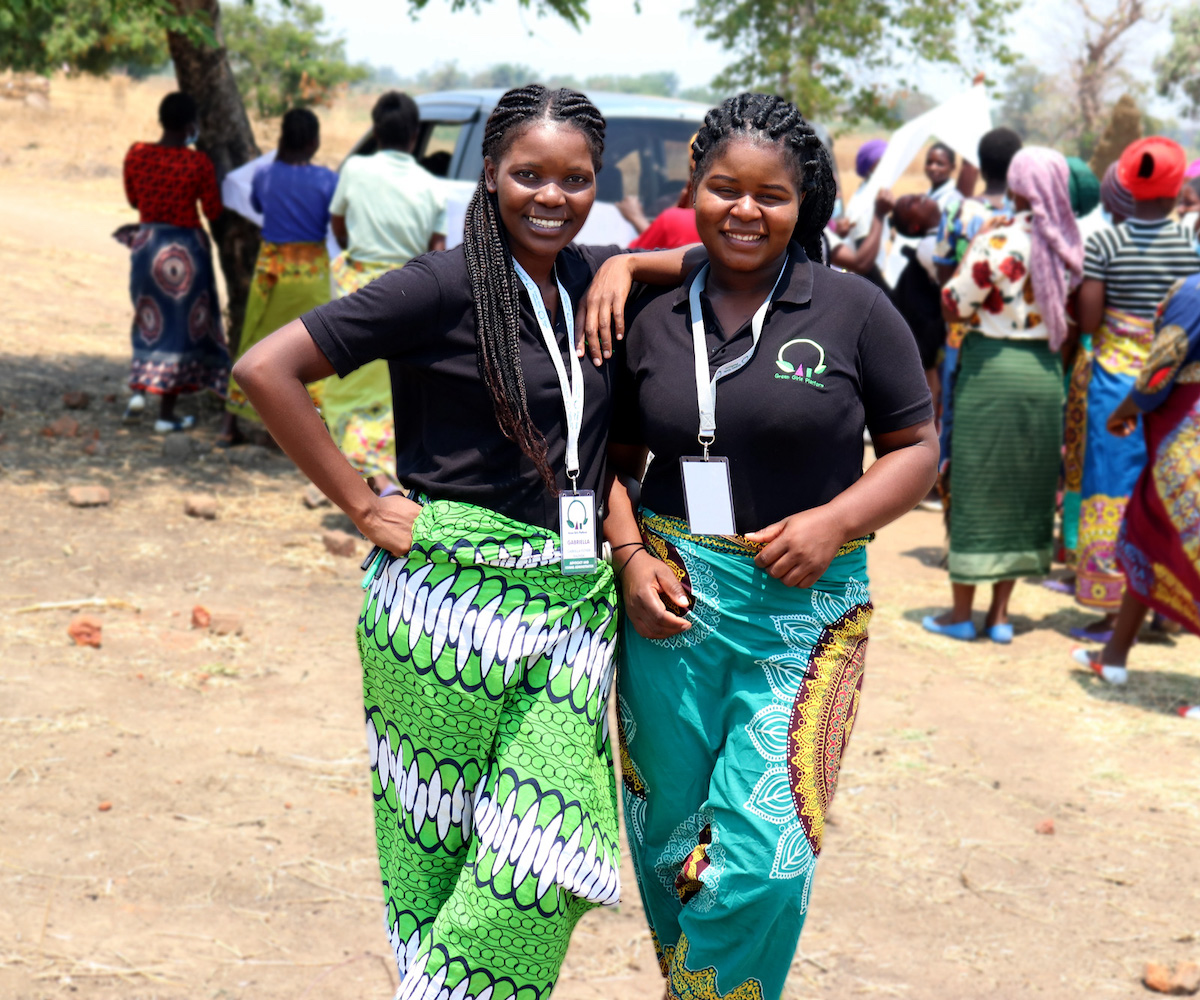COVID Impact, Census Issues, and Reproductive Health Among Highlights of 2023 Population Association of America Conference
PRB staff offer summaries of new research and insightful sessions from the annual demography meeting.

PRB staff offer summaries of new research and insightful sessions from the annual demography meeting.

Climate change is here, and it is affecting us now. To respond to this crisis, we must be agile and rethink our current approaches to building climate resilience. These solutions must be based on data and centered in equity and justice for the people most affected by climate change.
World population has surpassed 7 billion, and we are in the midst of history's most rapid population expansion.
(2013) The 2012 London Summit on Family Planning brought renewed attention to the cause of providing women with options for managing their fertility—enabling them to have the number of children they want when they want them and spaced at healthy intervals. In that conference, countries and donor agencies expressed their commitment to increase funding for family planning programs to ensure that reliable contraceptive supplies are available and affordable to all women who express a desire to postpone or avoid childbearing.
(2012) For some time now, Brazil, Russia, India, and China have been grouped together under the acronym BRIC. The BRICs are described as countries at the same stage of economic development, but not yet at the point where they would be considered more developed countries. The BRIC position argues that, since the four countries are "developing rapidly," their combined economies could eclipse the collective economies of the current richest countries of the world by 2050.
(2014) Worldwide, childbearing decisions may be more of a group effort than we realized.
The introduction of water filtration and chlorination in major U.S. cities between 1900 and 1940 accounted for about one-half of the 30 percent decline in urban death rates during those years, according to research published in the February 2005 issue of the journal Demography.
(2013) The youth population in sub-Saharan Africa is increasing rapidly. Nearly one in three people living in the region, or about 297 million, is between the ages of 10 and 24.